Each purchasing and refresh cycle, educators struggle with this question, “Do my students need to learn to use Microsoft products to succeed in a modern world?”
We would like to think that teachers and curriculum are able to provide content, guidance and strategies that promotes learning and troubleshooting from a brand agnostic perspective. If you can make a snappy business proposal in Keynote, you can make one in PowerPoint. If you can sum data points in a column and develop charts in Google Sheets, you will also find the right series of clicks in Microsoft Excel.
But, we constantly see studies and reports that say Microsoft Office is still one of the most requested skill-sets in the business world.
In the end, we believe the decision is a local decision: you know what type of business and industry awaits your students locally, you are the developers of your curriculum and provide programming inside and outside school to support technology growth, and you can choose your devices.
What causes schools to shy away from Windows devices?
- Viruses
- Updates running randomly
- Cost
- Blue Screen of Death
Windows 10 in S mode is Windows answer to many of the common fears of educational deployments of Windows machines. There are some limitations, but it may be a good fit for your District. The biggest factor, in our opinion, is that only apps obtained from the Microsoft Store can be installed on a machine in Windows 10 S mode – this limits your antivirus options to only the built-in Windows Defender. Learn more about Windows 10 S Mode and Windows 10 Pro in S Mode for Education.
Regarding cost differences between Windows 10 devices and iPads/Chromebooks: Lenovo makes the same chassis for the Chromebook and Windows 10 in the 100E and 300E at very similar price points. If your District feels that a Windows experience is manageable and important for future careers,
End Of Support For Windows 7
If this isn’t a machine refresh year for your labs, carts, 1:1 devices or staff machines, you still need to be prepared to make some replacements. Windows will end support for Windows 7 in January of 2020; this means that Windows 7 will no longer receive security updates and patches, and will be more vulnerable to viruses, ransomware and other security risks.
There are upgrade paths available to upgrade your operating system from Windows 7 to Windows 10, but the costs may not make sense if your machine is older or running with lesser hardware components.
